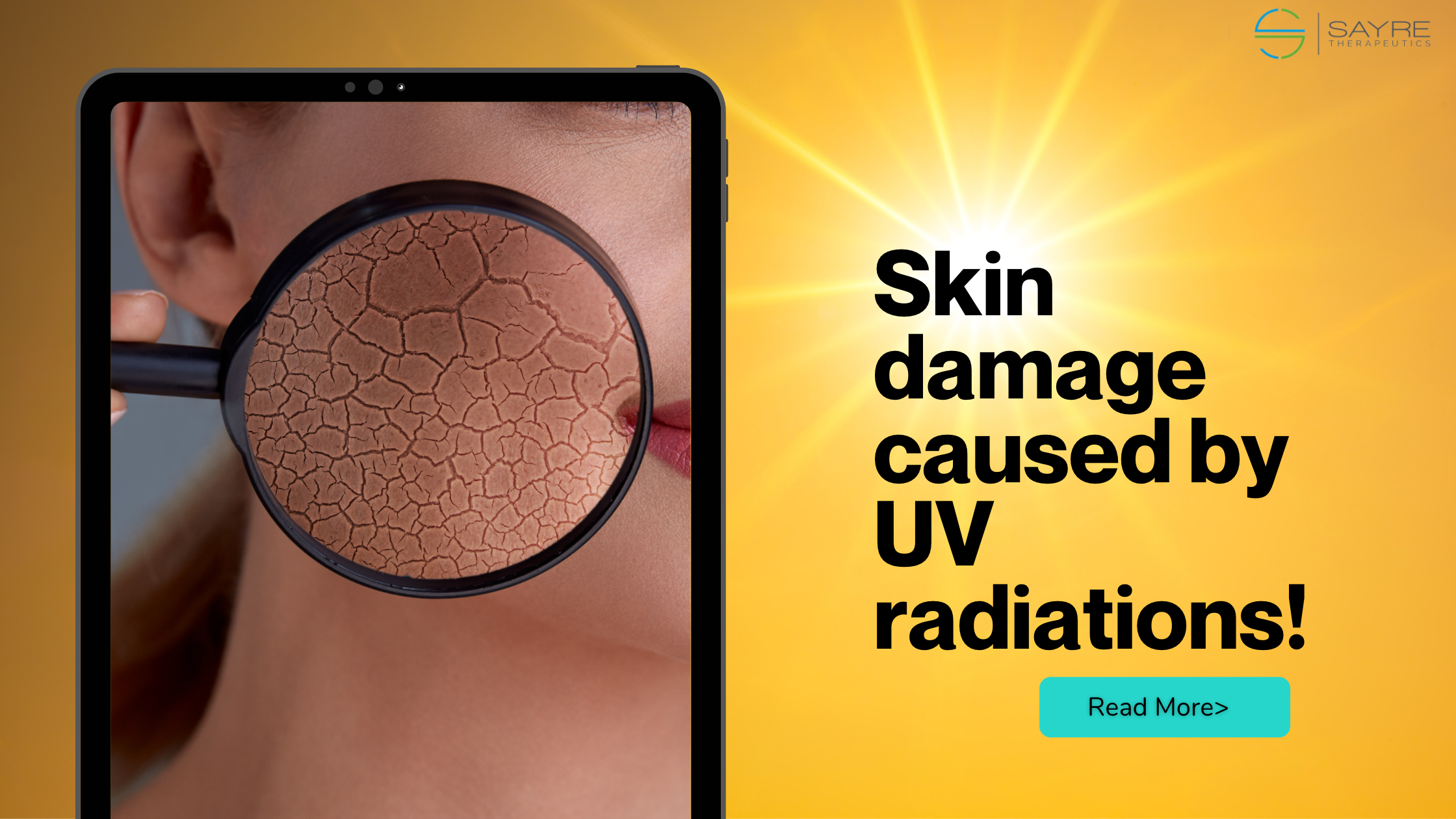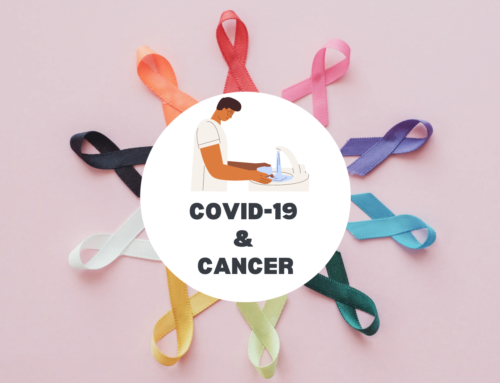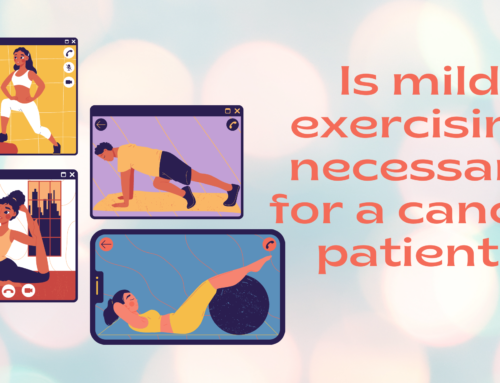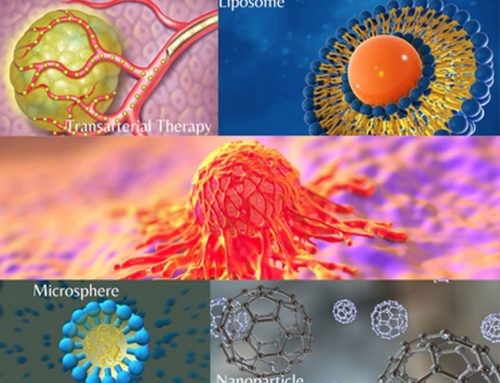Skin damage caused by UV radiation
UV radiation is a type of electromagnetic radiation that is emitted by the sun as well as man-made sources such as tanning beds and welding torches. Understanding the fundamentals of UV radiation is a critical first step in learning how to protect yourself from skin damage caused by it. UV rays are a type of non-ionizing radiation that can damage a cell’s DNA (genes), potentially leading to cancer. However, UV rays lack the energy to penetrate the body, thus their primary effect is on the skin.
Exposure to UV light:
- Sunlight is the principal source of UV radiation
- Tanning beds and booths (sunlamps and sunbeds): These lamps are used in the bed. The length of time a person spends in the bed, and the number of times a person uses it influences the amount and kind of UV radiation emitted by a tanning bed (or booth).
- Mercury-vapor lamps: Large public places, such as streets or gymnasiums, can be lit using mercury-vapor lights.
Skin damage caused by UV radiations:
- Skin cancer: UV exposure causes cumulative damage, increasing your risk of skin cancer over time. While your body can repair some DNA damage in skin cells, it is not capable of repairing all of it. Damage that is not corrected accumulates over time, triggering mutations that cause skin cells to reproduce quickly. This can result in cancerous tumors –
- Melanoma, the most dangerous type of skin cancer, has become one of the most common skin tumors among teenagers and young people aged 15 to 29. Sunburns and UV exposure, especially during childhood, are risk factors for the illness.
- . Non-melanomatous skin cancers that can occur on exposure to UV radiation are classified into two types: basal cell carcinoma (the most frequent kind of skin cancer tumor that may penetrate to the bone and cause significant harm) and squamous cell carcinomas (which can develop into large masses)).
- Actinic keratoses: These are skin growths that develop on sun-exposed parts of the body. This sort of lesion is particularly dangerous on the sun-exposed areas such as the face, hands, forearms, and the “V” of the neck.
- Premature aging can be caused by long-term sun exposure, which causes the skin to become thick, wrinkled, and leathery. The sun is responsible for up to 90% of the apparent skin changes associated with aging. Majority of premature skin aging may be prevented with sufficient UV protection.
- UV penetrates and destroys the skin’s outer layers, resulting in a suntan, sunburn, and, in extreme cases, blistering. Uniformity in using UV like UVB was not mentioned before so better to avoid it now.
What should you keep in mind?
- UV rays can harm your skin all year, especially if you’re at a high altitude or if you’re on a reflecting surface like snow or ice
- Regardless of the risks, you may enjoy the great outdoors safely and cheerfully by protecting your skin from UV exposure with broad-spectrum sunscreen and sun-safe clothes, hats, and glasses
- UV window film is an option for your house and automobile
- Staying in the shade, especially during afternoons, is one of the best strategies to decrease your UV exposure from sunlight if you’re going to be outside
- Even if it’s gloomy, protect yourself every day even if you are planning to stay indoors. Indoor tanning should be avoided at all costs
- By protecting yourself from UV light, you can greatly lower your chances of acquiring skin cancer
Hence, stay covered, stay safe!








Leave A Comment
You must be logged in to post a comment.